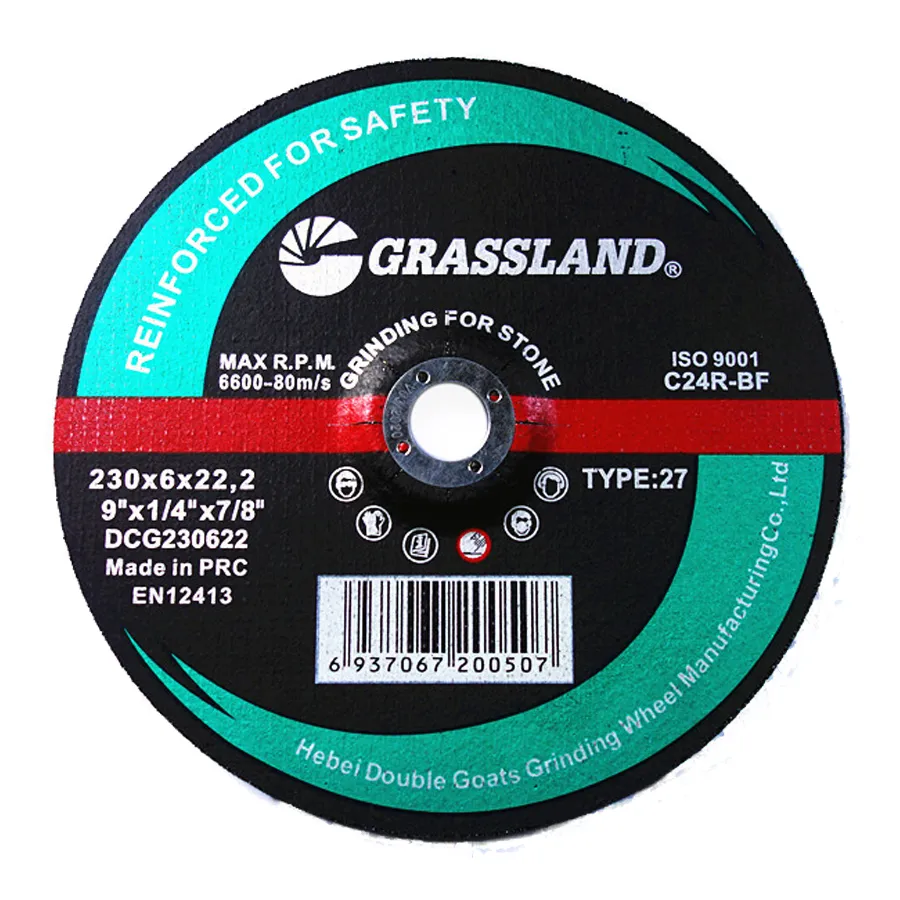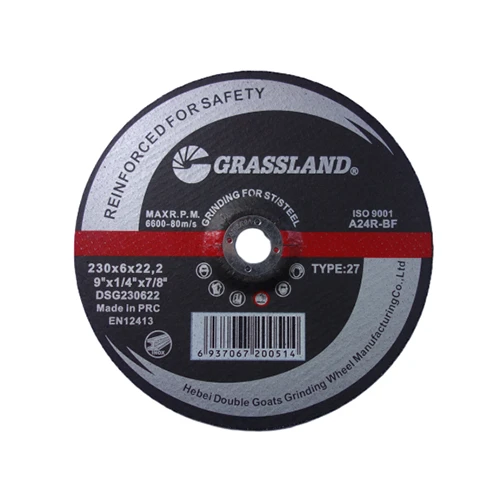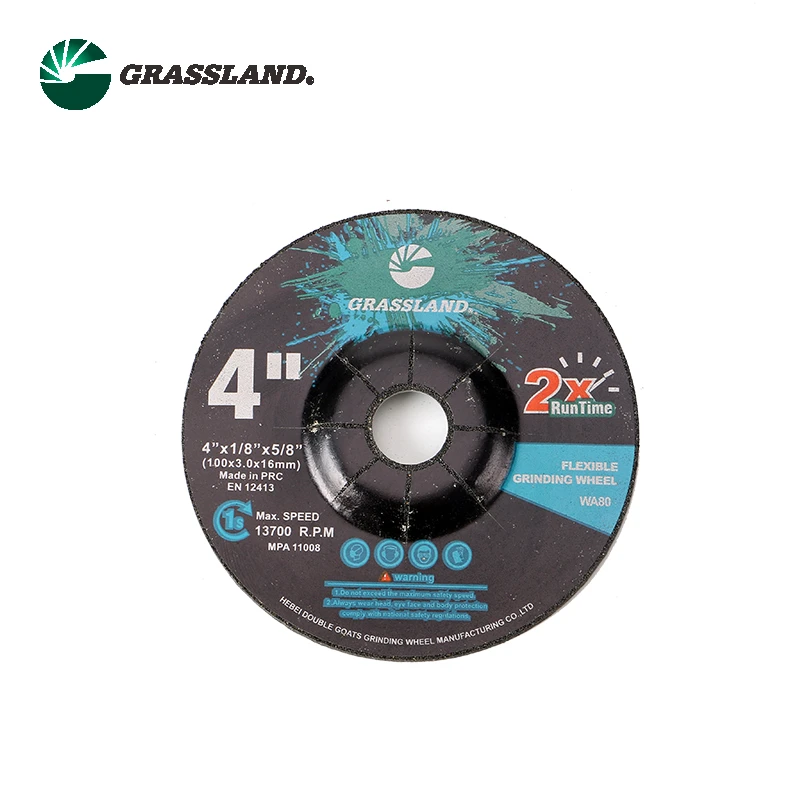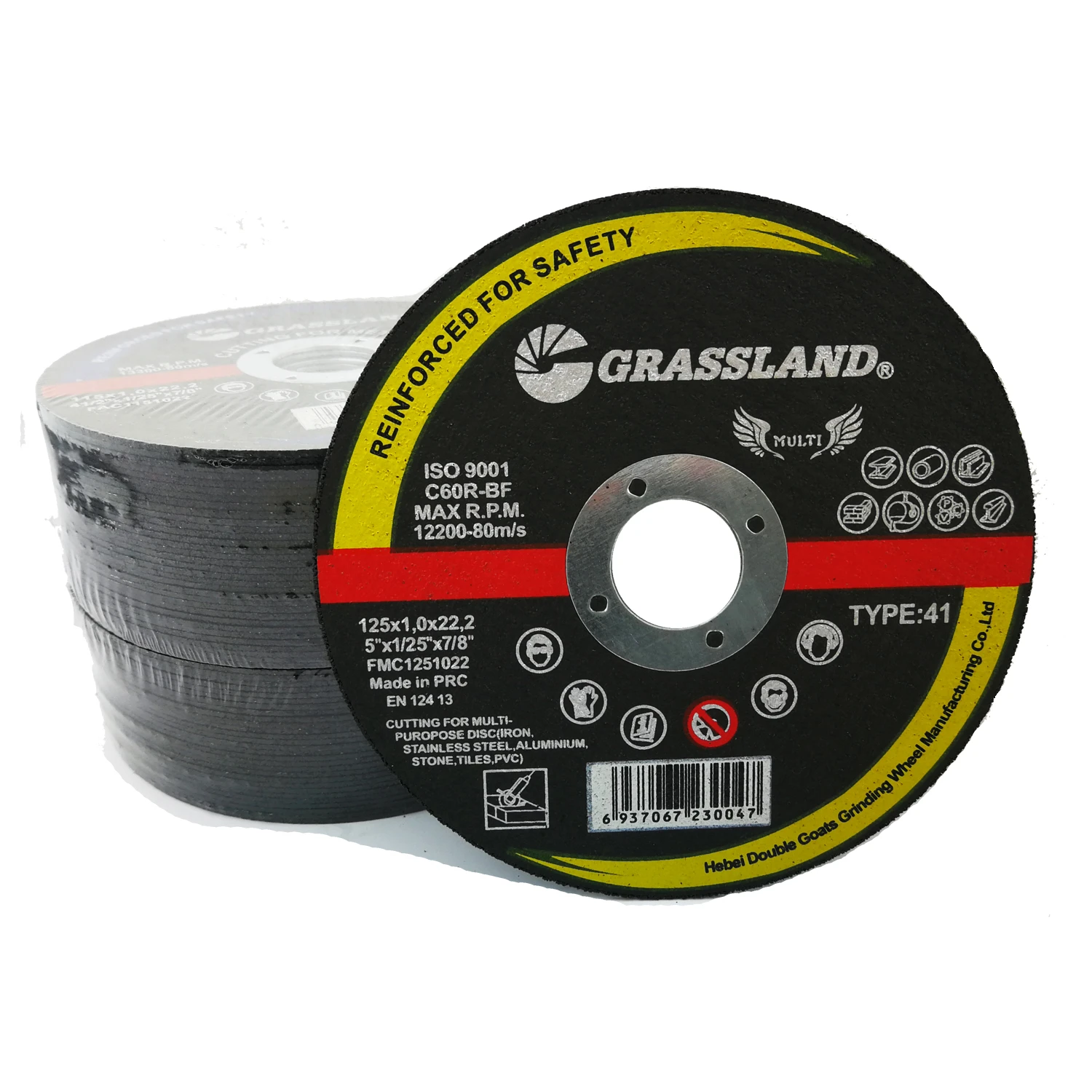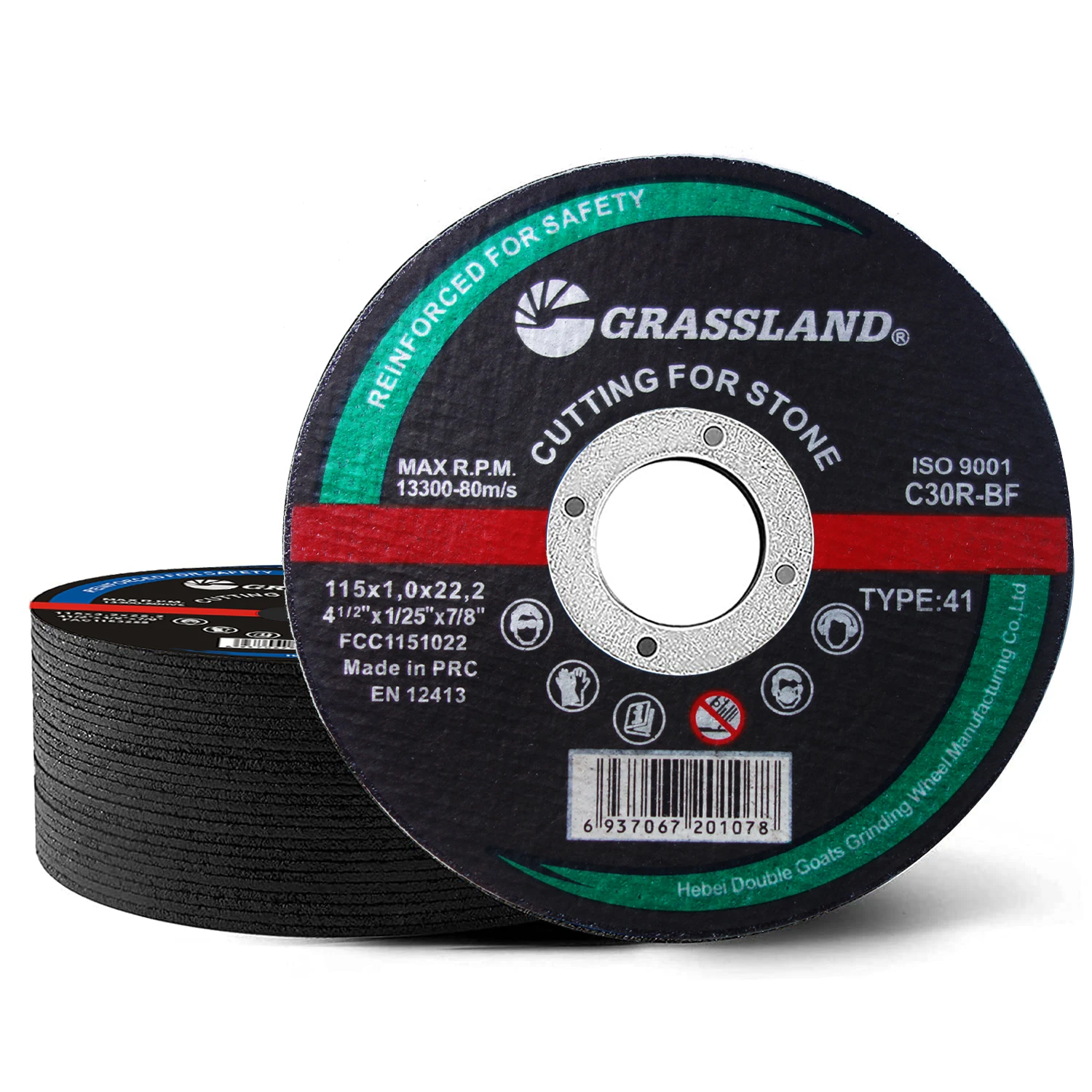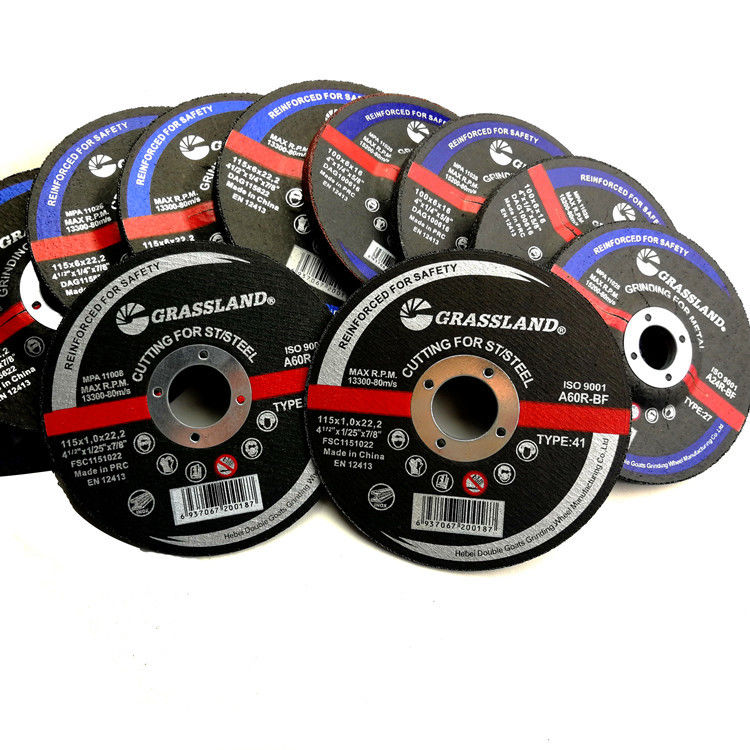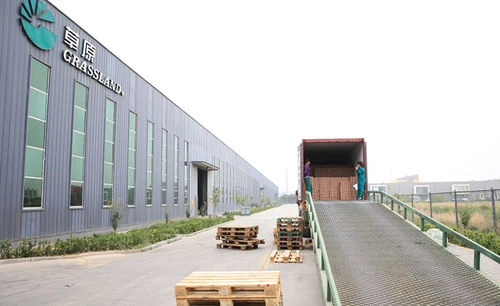
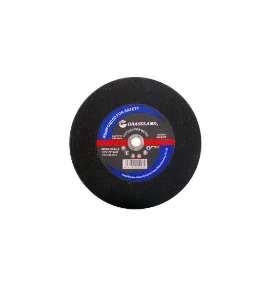
Furthermore, the versatility of these wheels cannot be overstated. While they are optimal for cutting non-ferrous metals, many of these wheels can also handle plastics and other composite materials, offering an added layer of utility. This makes them a cost-effective choice for workshops that handle a diverse range of materials. When evaluating the expertise embedded in non-ferrous cut-off wheels, it's essential to look at the ongoing innovations in their production. Continuous advancements in bonding technology and abrasive materials mean these wheels are becoming more efficient and durable. Today’s offerings are not only about cutting capabilities but also about ensuring a smoother finish that requires minimal post-processing. It's crucial to consider not just the wheel's composition, but also its compatibility with different cutting machines. Selecting the appropriate wheel diameter and thickness based on the machine’s RPM settings can prevent premature wear and tear, ensuring longer service life. Moreover, employing non-ferrous cut-off wheels correctly reflects authoritative knowledge in tool utilization, preventing common issues such as glazing and clogging. Conclusively, non-ferrous cut-off wheels symbolize a blend of technological innovation and practical design tailored for non-ferrous metal applications. Their specialized construction allows them to perform tasks efficiently while maintaining safety and longevity. By choosing the right wheel and employing it appropriately, industries can improve productivity, lower operational costs, and maintain superior quality in their metalworks.
Post time:Feb - 11 - 2025







